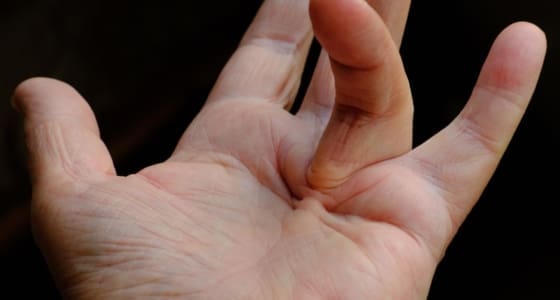This surgery involves the release of the transverse carpal ligament to relieve this pressure, thereby restoring function and reducing pain.
The primary objectives of carpal tunnel surgery include:
Reducing Pain and Discomfort: Patients with carpal tunnel syndrome often experience pain, tingling, or numbness in the hand and fingers. Surgery aims to alleviate these symptoms by relieving the pressure on the median nerve, leading to significant pain reduction.
Restoring Hand Function: Prolonged compression of the median nerve can result in weakness and decreased grip strength. Carpal tunnel surgery can restore proper nerve function, improving hand strength and dexterity, which is crucial for daily activities.
Preventing Long-term Nerve Damage: If left untreated, carpal tunnel syndrome can lead to permanent nerve damage. By undergoing surgery, patients can prevent further deterioration of nerve function and maintain better long-term hand health.
While carpal tunnel surgery can provide lasting relief, it is important to understand that recovery may take time, and rehabilitation may be necessary to regain full functionality. Ultimately, the procedure can significantly enhance the quality of life for those affected by carpal tunnel syndrome.












